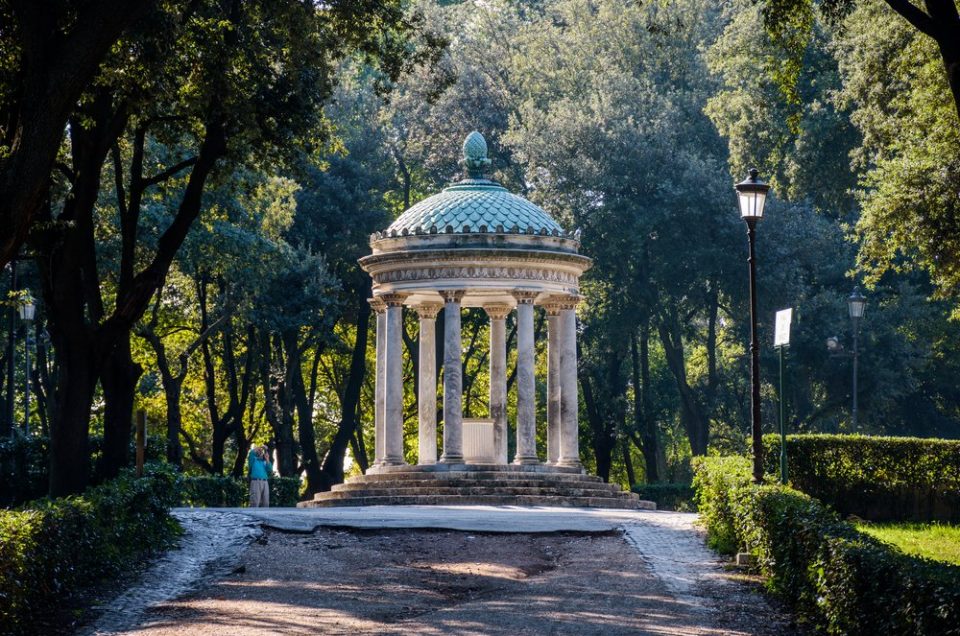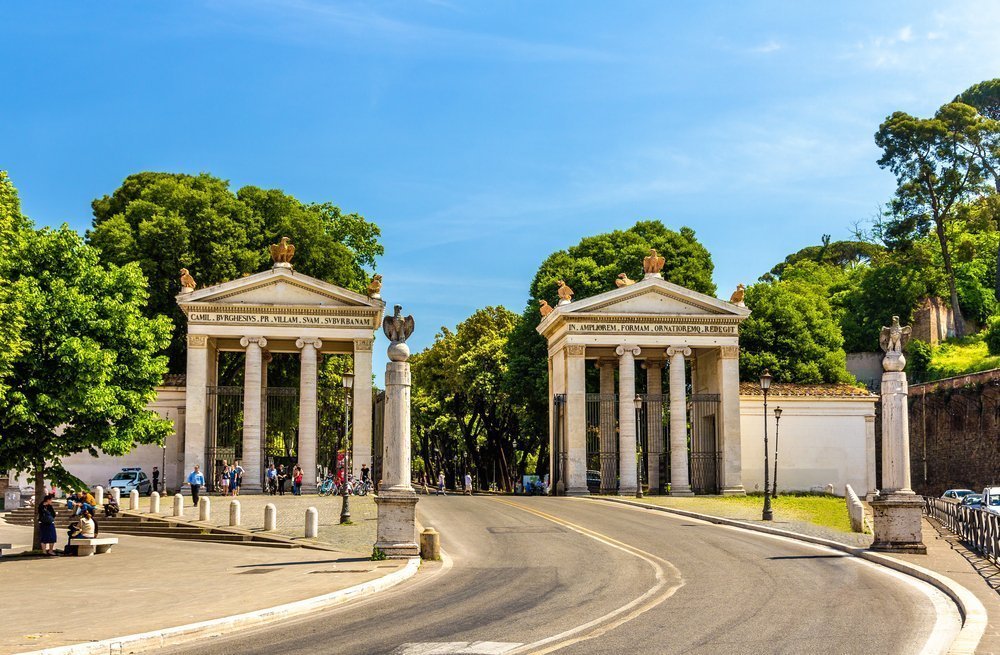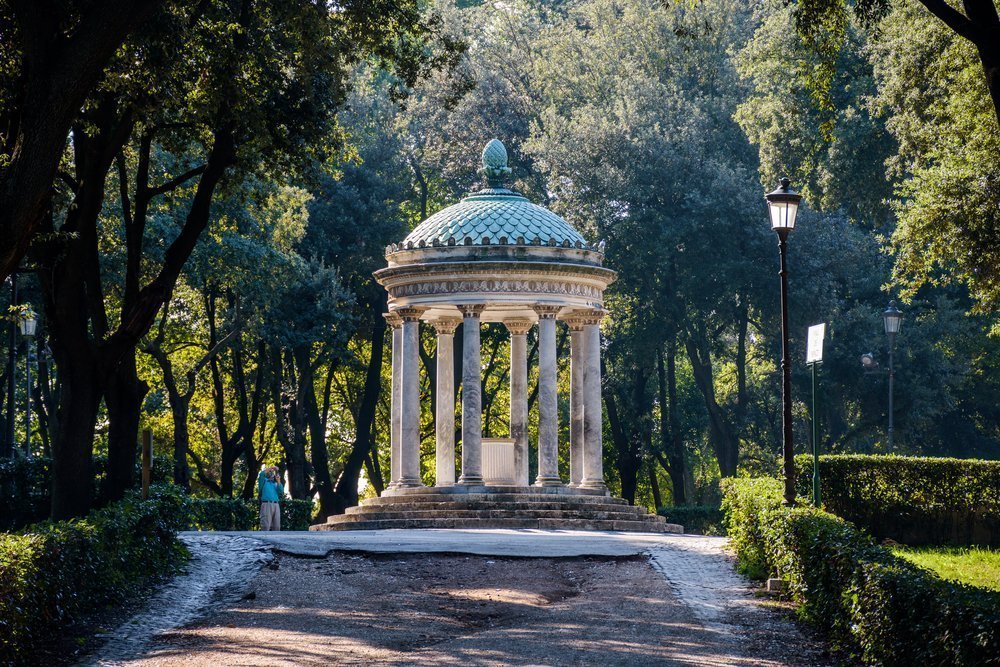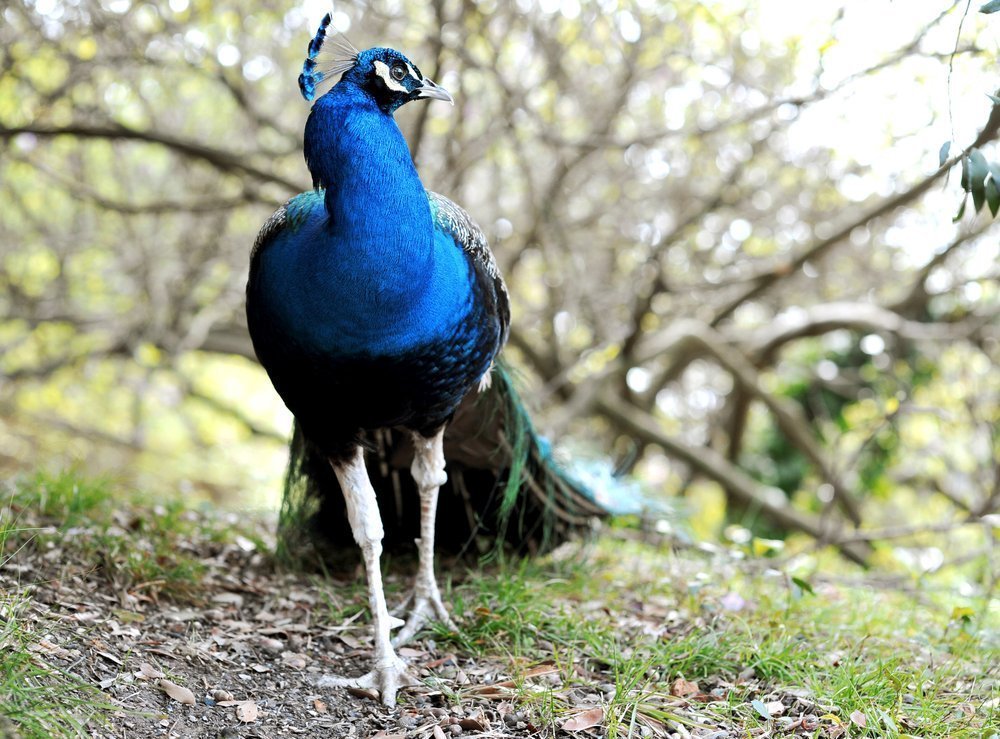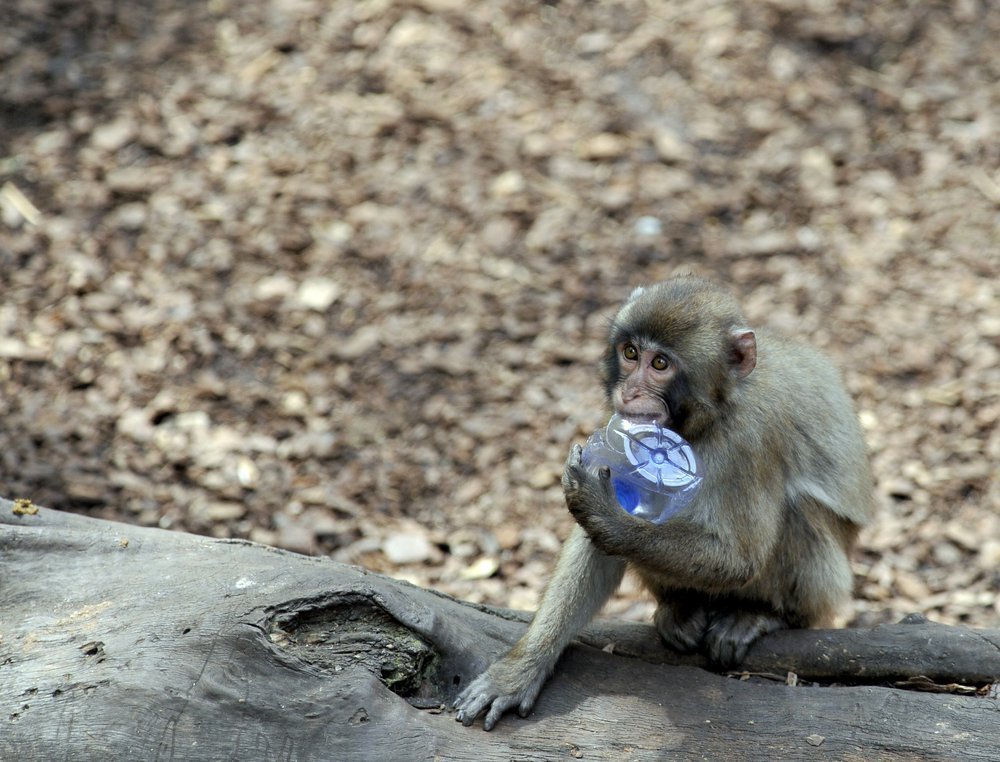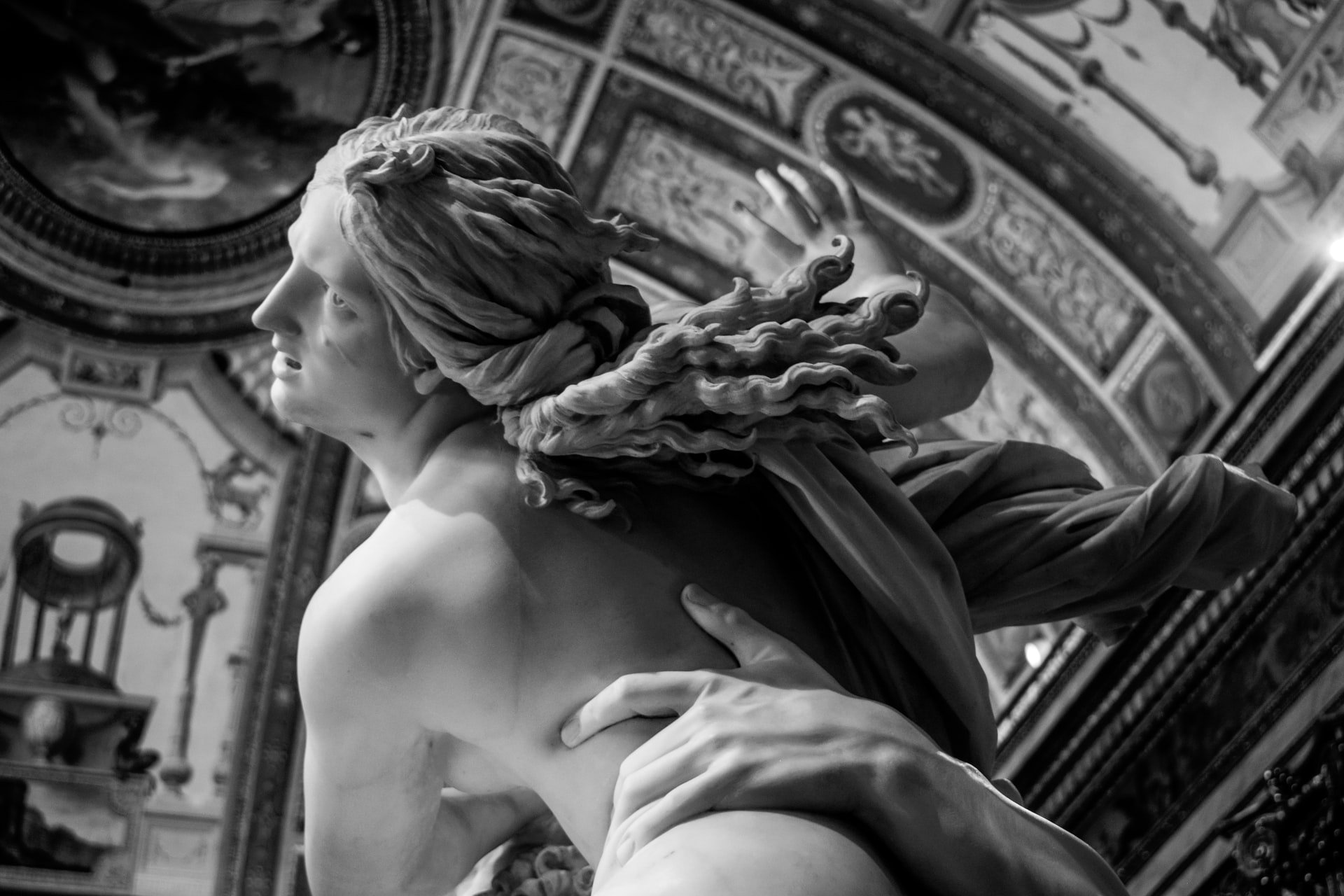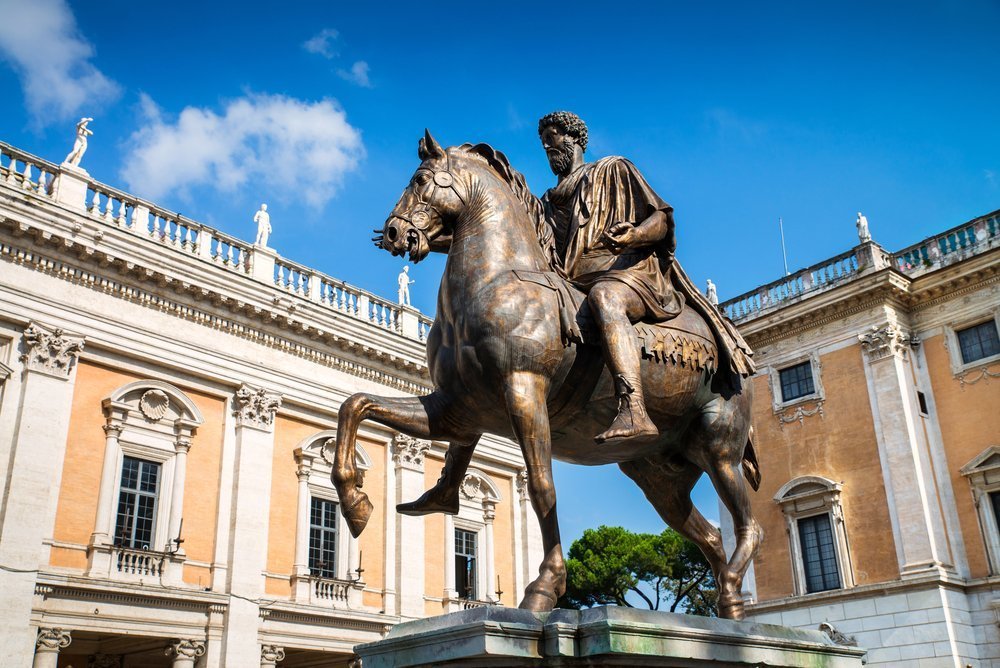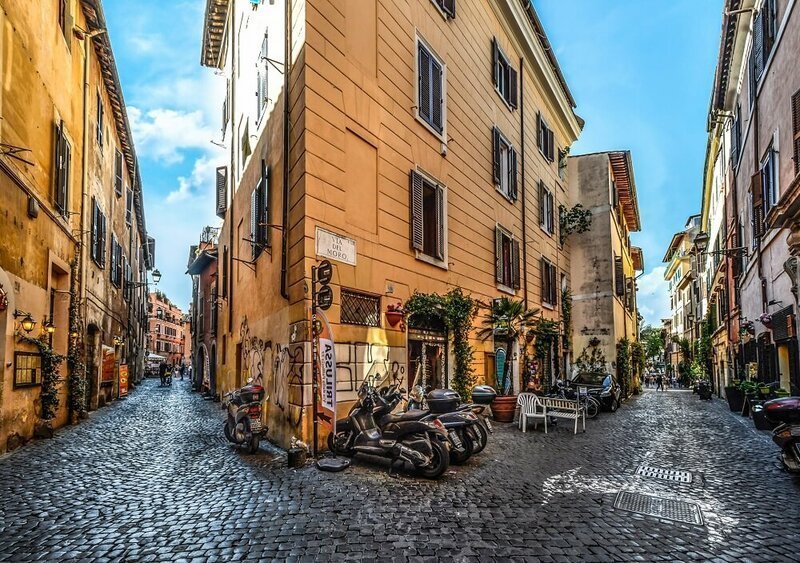Inside Villa Borghese, the largest park in the city of Rome is the Biopark the old city zoo that is home to many animals. The mission of the park is to protect all species of animals and nature that are threatened with extinction by participating in many international projects that have the common goal to study together the best way to protect a part of our ecosystem.
The history
The Biopark of Rome was founded in 1908 when a group of lenders creates a real place of attraction and show to see the entire collection of animals that were intended to entertain the audience. The Zoological Garden was built by Carl Hagenbeck who saw the zoo in a different perspective, without bars giving the possibility the animals to walk within confined spaces. After a few years of neglect the initial project was resumed and were added five hectares of land to build an aviary and a reptile house.
The architectures
The architectures designed by Hagenbeck with Lehmann and Eggenschwiller made from the start this Zoo one of the most charming place of the city, for the way they were presented to the public the animals. Indeed it was possible to walk in the middle of a rich botanical garden in the center of town where you can admire the different animals. In 1933 they were created harmonious buildings and rich of details that still make everything in perfect harmony with the surrounding nature.
The Animals
The Biopark is home to about 200 species of mammals, birds, reptiles and amphibians from 5 continents. The surface is divided into areas dedicated to all kinds of animals, such as the area of Sumatran tigers, the orangutan area, the area of the smallest monkeys in the world, the valley of the bears, a reptile zoo and aviary and many others. In this way, each species will receive all the attention and care necessary for the conservation of the species, so try to give them the necessary tranquility.
The activities
The Biopark offers provisions of its little guests many projects and activities to describe the way in which many people who work there. Exhibitions, theater, conferences courses and environmental projects in collaboration with relevant institutions of the world are just some of the activities. In this period every Sunday all animals were the focus of particular initiatives that lead to deepening the many curiosity.

